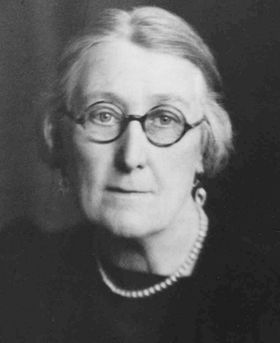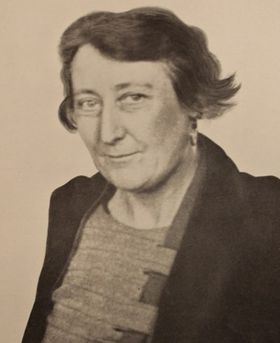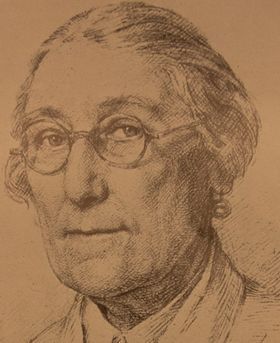Marjory Stephenson: a short history
The Marjory Stephenson Prize Lecture is awarded annually to an individual that has made exceptional contributions to the discipline of microbiology. Established in 1953, this award is named after Marjory Stephenson, Co-Founder and second President of the Microbiology Society (1947-1948).
Marjory Stephenson was one of Britain's most distinguished bacterial chemists. She was one of the first women to become a Fellows of the Royal Society in 1945 and received an MBE for her war services. Following her death in 1948 it was decided that a fund should be set up in the form of an endowed memorial lectureship to celebrate her legacy and contributions to science.



